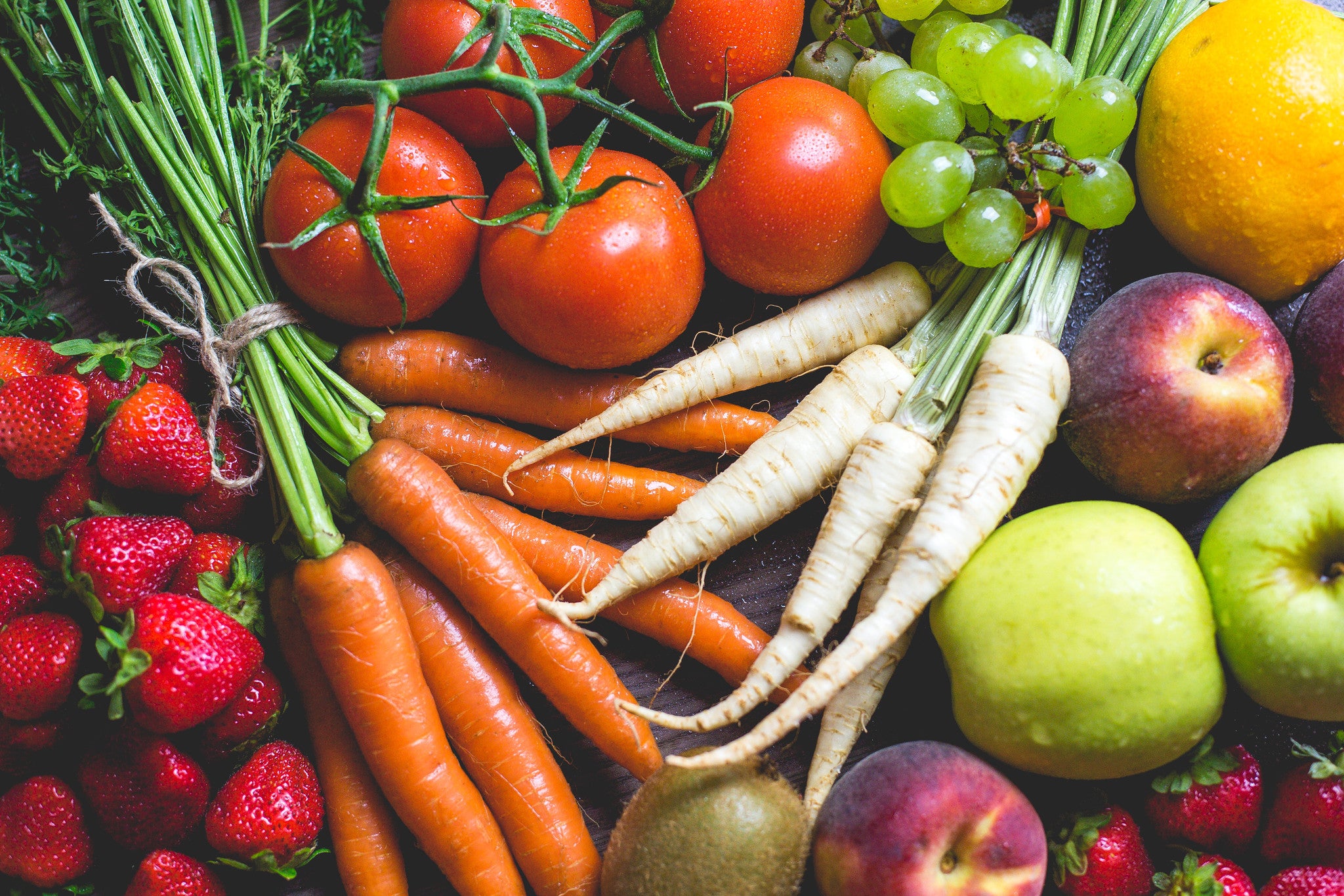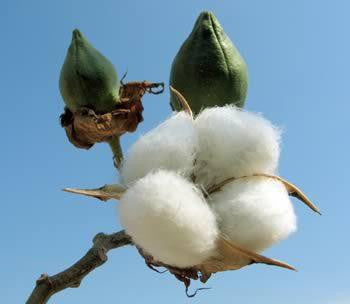
Find out how easy it is to make your own healthy, homemade baby food!
According to the American Academy of Pediatrics (AAP), parents should wait until their baby is between 4 to 6 months in age before introducing solids. If your baby falls into this age range and has begun trying to taste everything he encounters, seems utterly enthralled with what you’re having for dinner, and can sit up by himself, chances are, he’s ready to dig into his first solid foods. But of course, you can’t start him off on with a steak dinner and a side salad, so how do you go about making a delicious meal fit for a baby?
Believe it or not, making your own baby food at home using fresh or organic fruits and vegetables is very healthy and simple, not to mention efficient and economical. Plus, you know exactly what your baby is getting when you’re making the food yourself. Why buy stuff in a jar? It only takes about an hour to make a week’s worth of food for your baby, so let’s make a fresh start on making fresh food for your wee one.
First, you’ll need something to mash the food up with. Fortunately, there are many different options for getting food into prime baby food condition. You can use a food mill and grind food by hand, a blender (traditional or hand-held), food processor or even a regular fork from your silverware drawer. There are even appliances that will do ALL of the work for you. All you need to do is supply the fruits and vegetables and a baby food maker will take care of the rest!
Once you select your tools for creating baby food, you’ll need to find the best produce. Organics are always preferred because they don’t contain chemicals and synthetic pesticides, and by U.S. standards, are not allowed to be genetically modified. If organics are too much for your budget, using clean and fresh produce will be just as good, though you might want to go organic for what the Environmental Working Group (EWG) calls the “dirty dozen”: apples, peaches, nectarines, strawberries (which babies should not eat before the age of 1), grapes, celery, spinach, sweet bell peppers, cucumbers, cherry tomatoes, imported snap peas, and potatoes. Conversely, the EWG also has a “clean fifteen”: avocados (you can just mash these up with a fork for an easy baby food meal), sweet corn, pineapples, cabbage, frozen sweet peas, onions, asparagus, mangos, papayas, kiwi, eggplant, grapefruit, cantaloupe, cauliflower, and sweet potatoes.
Whatever produce you purchase to make baby food with, you should use what you buy within a day or two in order to minimize exposure to nitrates, which are chemicals found in water and soil. Beets, carrots, green beans, spinach and squash contain the most nitrates. Nitrate levels also increase the longer your produce is stored, so prepare everything quickly and then freeze extra servings promptly. You can also opt to buy your fruits and vegetables from the freezer section. Frozen fruits and vegetables have long been touted as even more nutritious because they are frozen at the peak of freshness and have the highest concentration of nutrients.
When you’re ready to prepare your baby’s first foods, be sure to thoroughly clean your fruits and vegetables. You can bake, boil or steam vegetables before you blend them into baby food form. Some fruits, like apples, will need to be softened beforehand. Be sure to remove any skin, pits or seeds before pureeing. You may find that for some foods, like regular and sweet potatoes, that the consistency needs adjusting. Foods like these need just a little liquid added to aid in making a palatable texture for your baby. Use breast milk, formula or water to adjust the viscosity accordingly.
Remember that you should only introduce one fruit or vegetable (wait until 9 months for meat) at a time to be sure your baby doesn’t have a reaction. Your baby might not like something you serve her the first few times. Be patient and keep gently trying, but if it’s refused even after 10 tries, it’s fair to say that your baby just isn’t that into that particular fruit or vegetable.
Don’t be afraid to add some flavor to your baby’s first solid meals either. Experts are now recanting what they once said about making bland baby food. It makes so much sense that babies should be receptive to and actually enjoy flavorful foods, particularly if they’ve been breastfed. After all, breast milk contains all the flavors of whatever a mother ingests from her meals. A touch of cinnamon, nutmeg, garlic powder or basil will make your baby’s first foods even tastier. Be careful about sweetening foods though. Fruits are sweet enough on their own anyway. Stay away from sugar and NEVER use honey or corn syrup as they can cause a fatal form of food poisoning called botulism.
When you’re done preparing your baby’s food for the week, pour it into ice cube trays for an easy hack on how to make the perfect portion size. Once the food freezes, you can pop it out of the trays and seal it in a zippered freezer bag. To serve your sweet baby, simply heat up one of the cubes of food. Before serving, make sure it’s no warmer than body temperature. You can use a microwave to heat up your food portions too, but check it carefully as microwaves are notorious for heating up food unevenly, resulting in random hot spots.
Once it’s at the right temperature, spoon a little food from the heated portion into a small dish to avoid contaminating it with your baby’s saliva, which will cause bacteria to develop. You can always add more to the dish if your baby has a big appetite. If it’s well-received and there are no reactions, you can start exploring new foods and whipping up exciting culinary creations to dazzle those baby taste buds at every meal!
From the very start, the first humans breastfed their babies largely because formula wasn’t an option. Once considered the only way to feed a baby, modern times have given moms a choice of using their breasts for what they were designed to do or using manufactured nutrition in the form of formula. Oddly, it’s the first choice that many people in the western part of the world make out to be taboo. But something this important and necessary should never be shunned.

Every minute, people are becoming more conscious about nature. Besides world leaders, private companies have incorporated protecting the planet in their core values. Nowadays, there are numerous organizations managing campaigns and inviting people to take part in saving the planet.
As an individual, do not limit yourself by just signing up and joining campaigns. Aside from participating in them, there is one more thing you can do. Go back to basics and start living a greener lifestyle.
You can start with using organic clothes especially if you have a baby or children at home. Simply using organic cotton clothes or letting children use organic baby clothes comes with numerous benefits.

Your baby is the most precious thing in your life. So why not treat them as such? Many people are unaware that using the wrong products for their baby can make a huge difference in their comfort and well-being in general. Are you using organic cotton for your baby? If not, this is definitely something you should start to think about. For those of you who are already on the organic bandwagon when it comes to their food, why wouldn’t you take the next step and make sure they’re getting organic care on the outside, too?